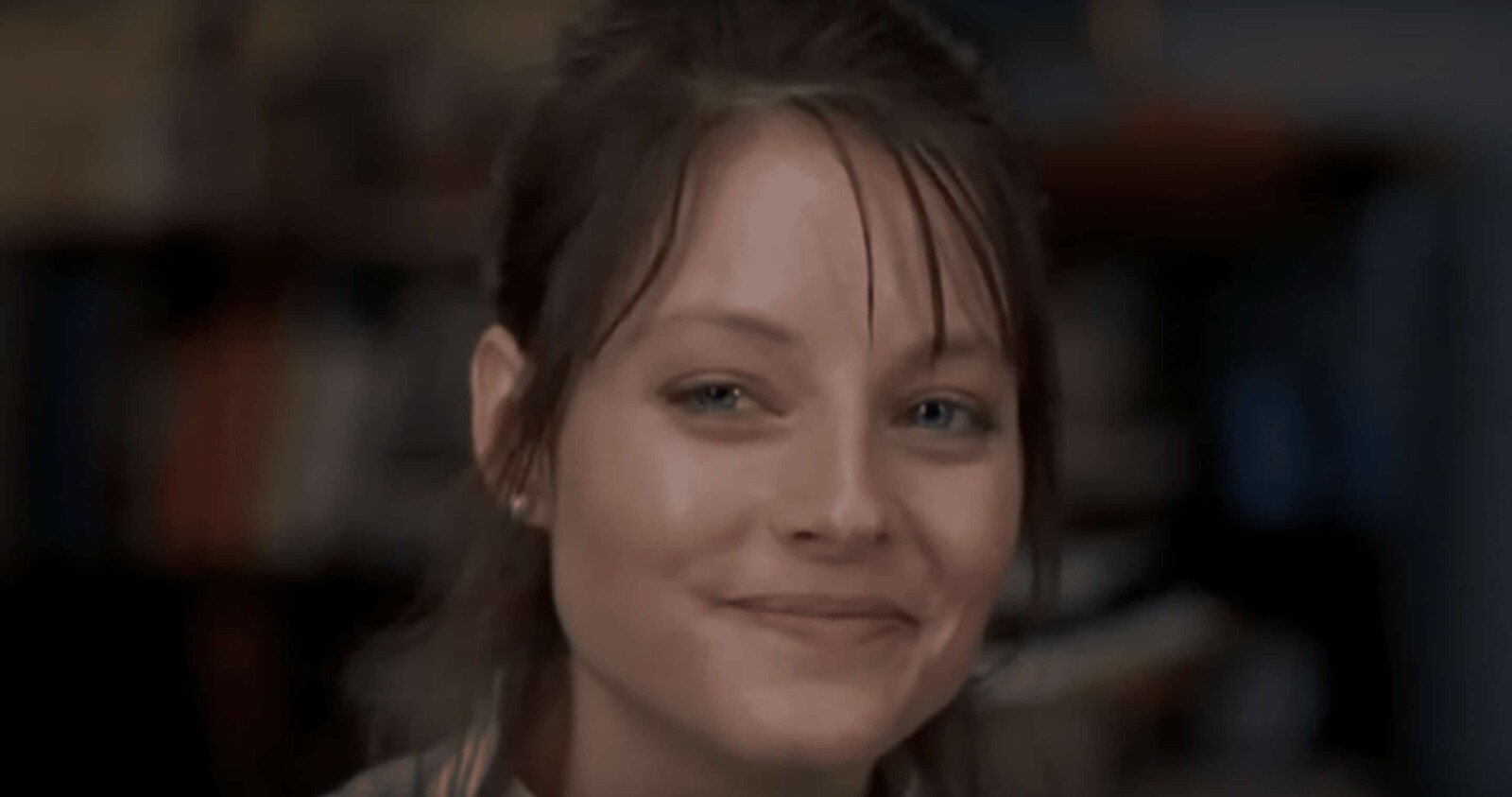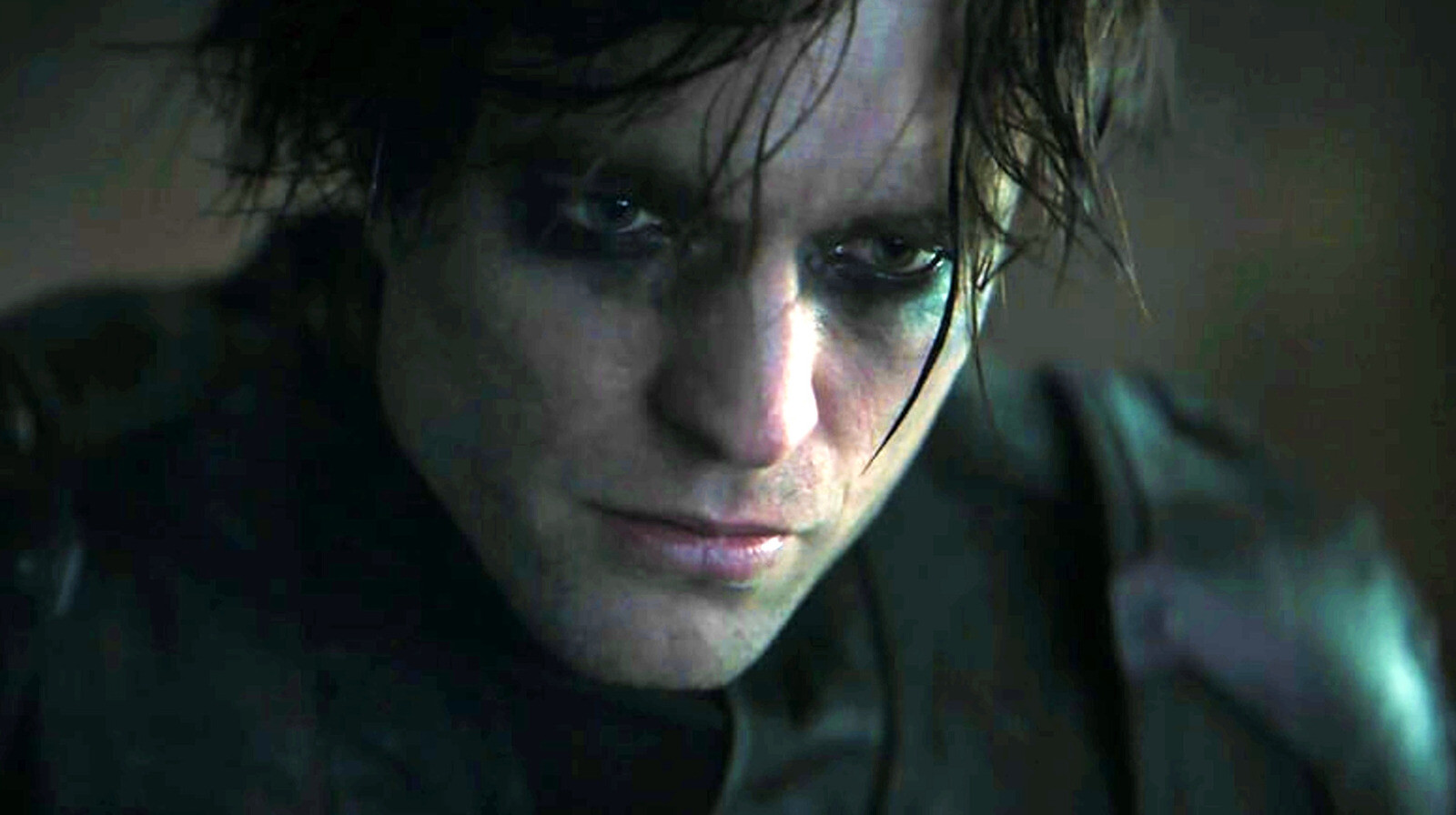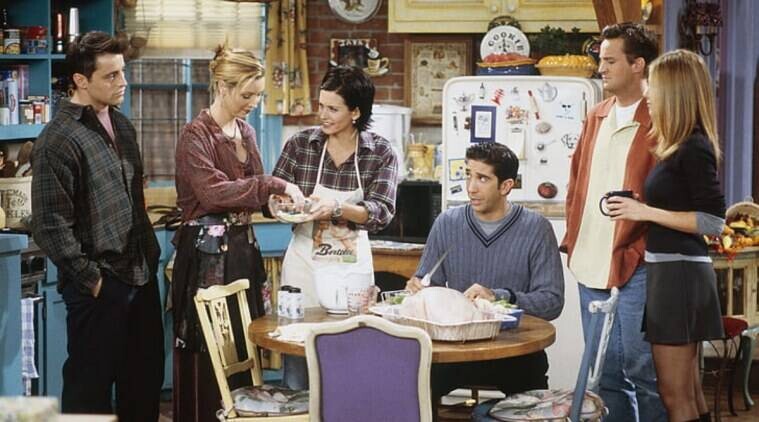4 Popular Movies With Surprising Deeper Meanings

Most of you probably know by now that RoboCop is an allegory for Jesus, The Matrix is a trans metaphor, and Beauty and the Beast is about classism and slavery. Also, maybe cabin fever. Most definitely Stockholm syndrome. That story is a lot. It’s not uncommon for movies to contain some sort of deeper meaning or a subtle comment on ideologies and socio-political issues that can easily get lost if all we want to see is action and spectacle. Heck, how many of us only realized upon rewatching that, oh, yeah, 2001: A Space Odyssey is totally about space genitals.

Metro-Goldwyn-Mayer
Maybe you’re a cinephile, and you’ve literally seen it all. But maybe you haven’t, so let’s talk about how …
The Silence Of The Lambs Is All About The Male Gaze
Watch the movie again and see how not only Hannibal Lecter but also just all the men stare at Clarice Starling. Heck, the woman can’t even jog around without heads turning to look at her. The filmmakers portray this quite clearly when you notice how all the men look straight into the camera when they talk to Clarice …

Orion Pictures

Orion Pictures

Orion Pictures
…while Clarice herself looks off-camera back at them.

Orion Pictures

Orion Pictures
It’s a deliberate attempt to put the viewer in the shoes of Clarice and have us feel these men staring and leering, while throwing all shades of male chauvinism at the woman in front of them. Seriously, Hannibal’s seeming inability to not talk to Clarice about sex makes him sound less like a genius and more like a pretentious juvenile.
There’s even an entire and super creepy sequence where Buffalo Bill just watches her through his night-vision goggles like it's the most entertaining thing in the world.
Clarice Starling is a smart and capable woman who finds herself in a world dominated by men, with most of them underestimating her at every turn. As film essayist Madison Brek points out in her analysis of the enduring feminism in the horror-thriller, Hannibal might have all the famous quotes, but one by Clarice sums up the film’s theme pretty accurately: “If he sees her as a person and not just an object, it’s harder to tear her up.”
The Batman Is About Living With PTSD
Whether you liked Matt Reeves’ take on DC’s mega-rich cape crusading orphan or not, we can all agree on one thing: The movie is hella emo. Just look at this goth kid:

Warner Bros. Pictures
In Reeves’ movie, we get to see a younger Bruce Wayne/Batman: One who’s still very much a rookie in the ways of everything from detective work to dealing with elevated railways while zapping around the city in a wingsuit.
Also, our young Batboy is troubled. Severely troubled — that Nirvana song plays twice. The dude is clearly having a hard time dealing with seeing his parents murdered right in front of him. That’s tough, and experiencing a traumatic event like that at such a young age will do things to a person. In The Batman, we see a Bruce Wayne who doesn’t care much for his own life but is super scared of losing anyone close to him ever again. The movie literally begins with him being triggered by the boy who had just walked in on his own father’s murder, and it ends with Bats telling Alfred in the hospital that his biggest fear is having to experience such a loss again.
Bruce Wayne emerging from the shadows as the Batman then becomes a symbol of how he’s trying to channel his own darkness and turn it into something meaningful for himself. It’s his way of persevering — it gets him putting one foot in front of the other.
Of course, we also get to see how Bats struggles with his rage, especially at the end, where he almost punches one of Riddler’s terrorists to death for trying to kill Selina Kyle. But rage, depression, social isolation, and even the loss of interest in normal activities are all signs of a person who might be suffering from PTSD. That rage is how Bats thinks he’s controlling the situation. The rage and the constant defensiveness he portrays toward both Alfred and Selina is the product of a man so scared to be vulnerable that he’d rather walk around in a Bat suit stalking people at night than open up about his feelings.
It’s not healthy, for sure, but good luck trying to tell that to someone going through their Nirvana phase.
10 Cloverfield Lane Is About Surviving Abuse
We’re going into spoiler territory here, so if you haven’t seen the second film in J.J. Abrams’ Cloverfield franchise yet, go watch it. It’s good. Everyone else who’s seen the movie probably remembers it as two parts John Goodman being creepy to Mary Elizabeth Winstead and John Gallagher Jr. in an underground bunker, and one part that bonkers ending. But there’s more to that final act than “Holy cow, what the eff just happened?!” as we’re sure most people were yelling at their cat at the time.
The film opens with Winstead’s character Michelle hastily packing up her belongings and dumping her fiancée over the phone before taking off, essentially fleeing her relationship. It’s a subtle sequence, and there’s a suggestion that she’s merely running away because they had an argument and things got too real for her, but there’s a lot more to it.
Listen to the subtle yet firm change in Ben’s voice when he says, “Michelle, talk to me,” and look at the subtle reaction on her face. She’s clearly seeing red flags, and they may not actually be there, but she knows them well enough because her father was abusive toward her and her brother. When she talks to Gallagher’s character Emmett about it, she downplays her own abuse, feeling more sorry for her brother, who apparently got the worst of it. She doesn’t want to see herself as a victim of domestic abuse, and her character arc goes from that internal truth to realizing that she is, instead, a survivor.
And that’s where our bonkers third act comes in. See, Michelle had just managed to escape that suffocating, murderous bunker, only to learn that the world wasn’t wasting away due to some radiation attack … but rather an alien attack. More specifically, an attack from an alien entity that looks like a techno-Cthulhu.
It may have felt like a completely different switch to an entirely different genre, but the theme carries through: You’ve got to survive, babes. It’s fight or flight, but the world will never stop throwing its crap at you, so the sooner you learn how to yeet a molotov cocktail in its slobbering face hole, the better.
Us Is About Generation X
Yes, yes, Jordan Peele’s second horror directorial is about a lot of things — we could easily make a Bingo card in under three minutes — but as Jen Chaney from Vulture points out, it’s also a commentary on Generation X and the lost promises of their youth.

NBC
Adelaide, the main character of our movie about doppelgängers and holiday nightmares, is a late GenXer — we see her go missing in 1986, at the age of around 7 or 8. The movie is filled to the brim with cultural references from her generation’s time — the Easter eggs are so many that they become part of the world-building — and the Hands Across America bit sits in the center of this world where her forgotten generation is trying to survive.
That long-ass promotion of the actual ‘80s Hands Across America campaign (that failed) is really something, and the promise of uniting the United States of America by tackling hunger and homelessness went unfulfilled. The handholding — that was trying to reach coast to coast — lasted a whopping 15 minutes. In the movie, it takes 15 minutes for little Adelaide to go missing and 15 minutes for the police to get to the Wilsons’ house, making clear the commentary on how the US thinks it should go about solving real-world problems. It also shows that celebrities singing for world peace or whatever is apparently a thing they’ll never stop doing.
Little Adelaide watched the Hands Across America promo on TV before her tethered other switched places with her. She grew up down below, clinging to the idea of that human chain somehow making things better, but of course, it didn’t. The world simply edged her out and forgot about her. It made her cynical (a classic GenX trait) and caused her to concoct a plan to take out everyone who had banished her and her fellow red jumpsuit doppelgängers to the bottom pits of life, then fulfill that promise she once saw as a child and form the Hands Across America chain themselves.

Universal Pictures
But the lost Adelaide doesn’t make it in the end, and the only person who seems to realize she’s not there is her son, who, incidentally, walks around wearing GenX T-shirts and Wookie masks.
You can find Zanandi here and also here.
Thumbnail: Warner Bros. Pictures
